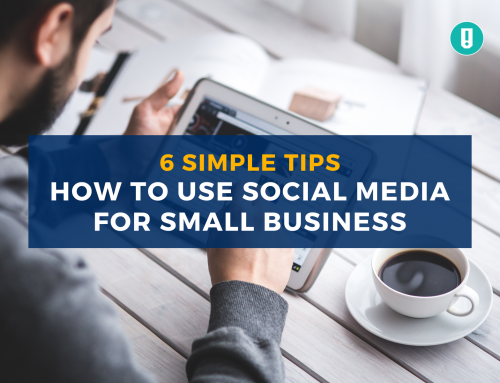E-commerce is considered a “bad word” for many small business owners. Online retail giants have pushed down prices and offered free shipping as an alternative to the traditional main street shopping experience. Other retailers see the need, but fear the implementation of e-commerce. The investment can be expensive and the systems confusing.
The truth is all small businesses should see this e-commerce revolution as an opportunity. Not only is selling online a way to retain business, but retailers can grow revenue and value by offering customers multiple ways to interact with their business. More customers are shopping on computers and smartphones. Small business owners need to stay relevant by meeting them there.
So which type of e-commerce model is a good fit for your small business?
E-Commerce Models
1. Brick & Mortar/Online
Retailer sells both through a brick-and-mortar storefront and online channel.
Things to consider:
- Only sell most popular items online (or heavily stocked products)
- Sell a custom/specialty line of products online to reach larger customer base
- Vendor drop shipping
- Storage costs of additional inventory
- Shipping methods and costs
2. Pick-Up or Digital Only
Retailer sells through a storefront and online channel, but doesn’t ship.
Things to consider:
- Provides customers online shopping opportunity without a lot of the planning/execution
- No need to worry about shipping or returns
- Increases customer lifetime value by 30% (according to Google)
- Sell gift cards or classes online that can be printed
3. Online Only
Retailer sells items only online and ships.
Things to consider:
- No storefront needed – low overhead costs
- Still need to consider storage costs or third-party fulfillment
- Need to compete more on originality than price
Selling Online First Steps
- Choose the best e-commerce approach for your business
- Research options for execution (e.g. SnapRetail + Shopify, PayPal, others)
- Plan out all aspects of e-commerce before you begin selling (including shipping and returns, if applicable). Who will fulfill orders? What is an acceptable turnaround for orders?
- Test your new system(s) with VIP customers, employees, or family before you release it wide
- Announce your new e-commerce offering to your customers through email, social media, and in-store signage! Enjoy the value that a multichannel approach can bring to your customers and bottom line
Final Thoughts
And that’s it! Bring e-commerce into your marketing! Feature products through email and social media that can be purchased online and link back to the product page on your site.
Don’t forget the “product research” benefit of having an e-commerce presence. Many customer simply want to research online before buying in-store.
And if you’re not on Pinterest… it’s time! Utilize this awesome social platform to help your products be found on the web. Learn more on our blog about Pinterest for Business.






Leave A Comment